How to Create Realistic CG Animal: Interview with Yingkang Luo
Editor: Sian
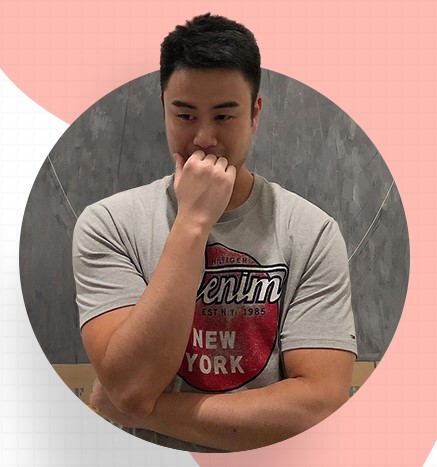
Yingkang Luo, senior character modeling artist
Luo is a CG artist who has years of experience in the game and film industry. He had worked on projects such as The Last of Us: Part II, American Sniper, Jurassic World and he is currently a character modeling artist working for Naughty Dog.
1.Thank you for taking our interview. Would you please make a brief self-introduction?
Hi, my name is Yingkang Luo, I love movies and video games. I am currently working at Naughty dog as character artist.
2.You were on the project The Last Of US : Part 2. Could you share with us your experience?
I have participated the project from the beginning to the end. It is an incredible journey. We have encountered some challenge during the project. However, when seeing the project finished piece by piece, and precent so well is a very satisfying experience. I am not only part of the team, but also a video game player, we all love this project. I remember that we always discuss the game play, story and characters with each other. We tried our best to precent the best character to the game industry. In naughty dog, no matter where you are from, your skin color, everyone tries their best to give full play to their strengths toward this project. It is a great experience to work with bunch of passionate people.
3.What is it like working at Naughty Dog?
In Naughty Dog, everyone can criticize other’s work. It is always helpful to give suggestion. And they are welcome. Sometimes it can brainstorm each other.
4.We know that your job title has changing over time. You were Technical Animator back in 2014 and now you are Character Artist. Why did you choose character design?
I have always wanted to be a character artist, but I could not find a good fit in when graduated. I also love CG, and I am curious how different department works, so I tried some different position. That makes me to understand the whole pipeline more, and beneficial for my character creation in other aspect. I love the last of us series, it is my honor to create characters for this game.
5.Most of your previous artworks are human character. Why did you choose to make animal this time?
I want to create different things. I think a good character artist should be able to create no just character but also creatures and animal. No matter what you do, jumping out of the comfort zone can make you growth.
6.Is there any transition issue from making human character to biological character? Is there any difficulty in the process that people should pay attention to but often ignore in the process?
There shouldn’t be any transition issue since we are still using our observation skill. I think most artists including myself have problem on finding enough reference. Or I should say, we might think we have known enough on something, but in fact we do not.
7.The animal you made this time is a pig. What should we pay attention to when making other animals?
Animal anatomy. We must know its structure thoroughly in 3 dimensional. It is important to know how the muscle and bones work together when moving. It might be difficult at first, but once you get through it, it becomes clear. I suggest watching national geographic, it helps.
8.Is there any difference between making hair for CG animals and human? Please tell us about that.
CG animal fur is more about the big strokes. If you have the overall natural random look, you are about to get a good result. Human hair requires more time on style and transition.
9.Who would you recommend this tutorial to? In what way could this tutorial help them?
Whoever have big interest on cg animal creation process.
10.There are high requirements on rendering when making CG animals, and the final rendering is usually astonishing and detailed, such as the rendering in Jungle Book and Planet of the Apes. Could you please share some of your experience on rendering? What do we need to study to achieve such excellent rendering?
Lighting is essential when comes to have a good render. Keep asking yourself what subject it is and what kind of mood you are conveying. Movie and photography are always a good resource for inspiration. There are many renders on the market. Try to know one renderer and be good at it to fit it in your workflow. Rendering is just output images. Eventually they will be put together for composting. So don’t be too hard to yourself to get the perfect render.
11.Here are some other questions from our students:
1) Do you have a different approach when you creating a CGI character from doing a game-ready character? Let’s say if you had to create this piggy as a game ready model, not just for render. Would you do anything different or it would be exactly the same steps and techniques?
Modeling and texturing wise, It is very similar. The only difference lies in the shading set up and hair creation process. Moreover, if the piggy is a game ready model, I will probably reconsider the polycount depends on how important it is and how close player see it in game.
2) And as for a beginner character artist, is it good to focus your portfolio on CGI characters or not? As I want to learn how to create CGI characters but I’m worried it might make my portfolio less valuable for an employer who wants to see more game-ready characters rather than CGI.
A good CG image can show whether you have good eyes at different aspect in form, texturing, shading, lighting, composition, etc. However, a game studio still wants to know if you have a solid understanding on technical side such as topology and UVs. Although some studios heavily rely on outsourcing, which can do those heavy lifting for you, you still have chances to fix those issue on your own. Knowing which studio you are after, no matter animation or game studio, you still need to present your hires sculpt, your creation process. In the end, it does not matter much. If it is a good piece, it is a good piece.
3) Do you recommends hair cards or materials for doing fur? Also, what are some retopology guidelines do you have for creatures?
In game industry, hair card is still the most common and optimal process for creating hair and fur. It might change depends on our technology. Topology is a huge topic; people always have slightly different opinions. My tip is that topology is all for deformation. Try to imagine your creature is composed by tubes. Tube is the best topology for limbs deformation. So, try to think of how to combine multiple tubes to form your creature. For example, human body is composed by many tube shapes such as arm, legs, trunk, neck, then those “tubes” somehow fused together. Moreover, quad is the best thing ever, try to use magic number 4 when need to make sure the whole obj is one piece but you worry might end up having triangles. For example, if you must create a tube, the subdivision must be 4,8,16,32,64…if you follow this guideline, when fusing multiple tubes together, you will find so much easier to avoid triangles.
Thanks Luo for taking our interview and sharing with us his experience. You may wonder what can be learned from Luo’s tutorial?
This tutorial is showing you a complete workflow of creating a realistic CG animal:
https://www.wingfox.com/c/8336_18949_3349
1.Modeling in Zbrush
2.Retopology in Maya Modeling Tool Kit
3.Texturing in SubstancePainter
4.Creating hair in Maya Xgen
5.Rendering in Arnold
6.Compositing in Nuke
Welcome to join our discord server to have more fun! https://discord.com/invite/2NzvDes
Post a Comment
要发表评论,您必须先登录。
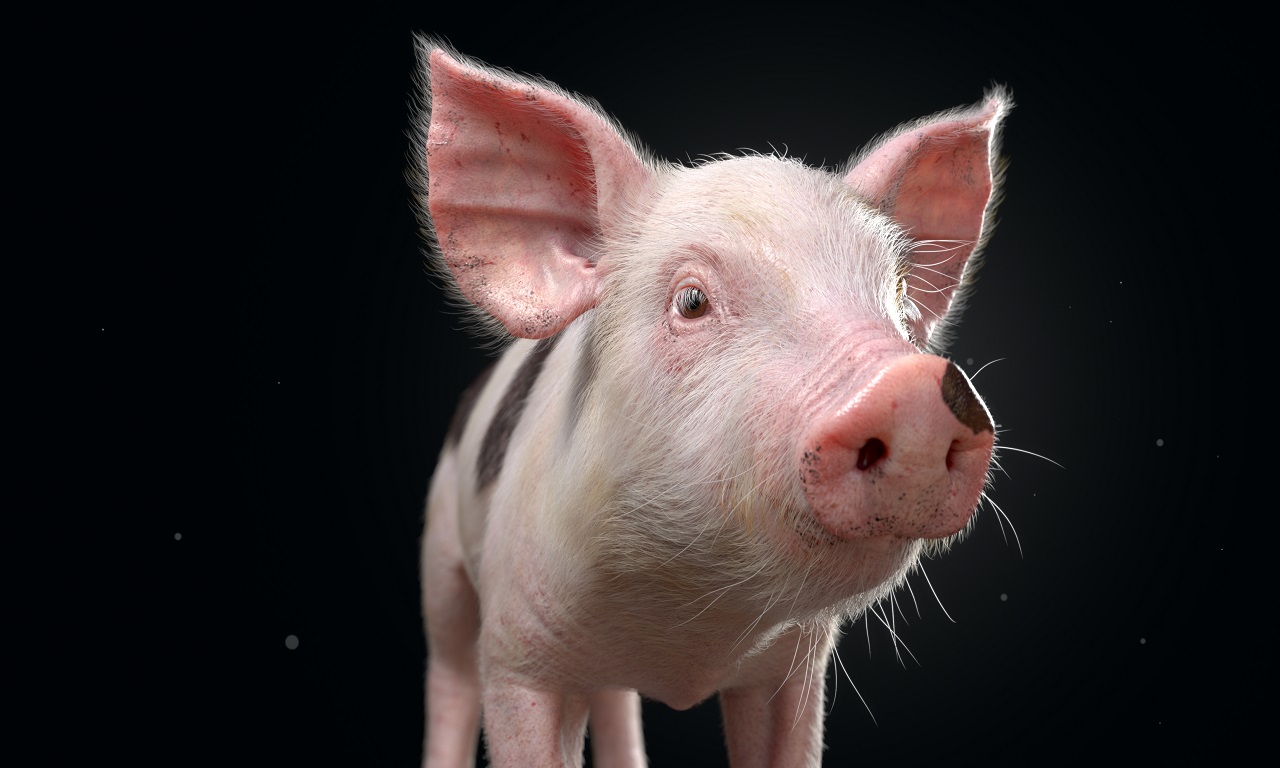
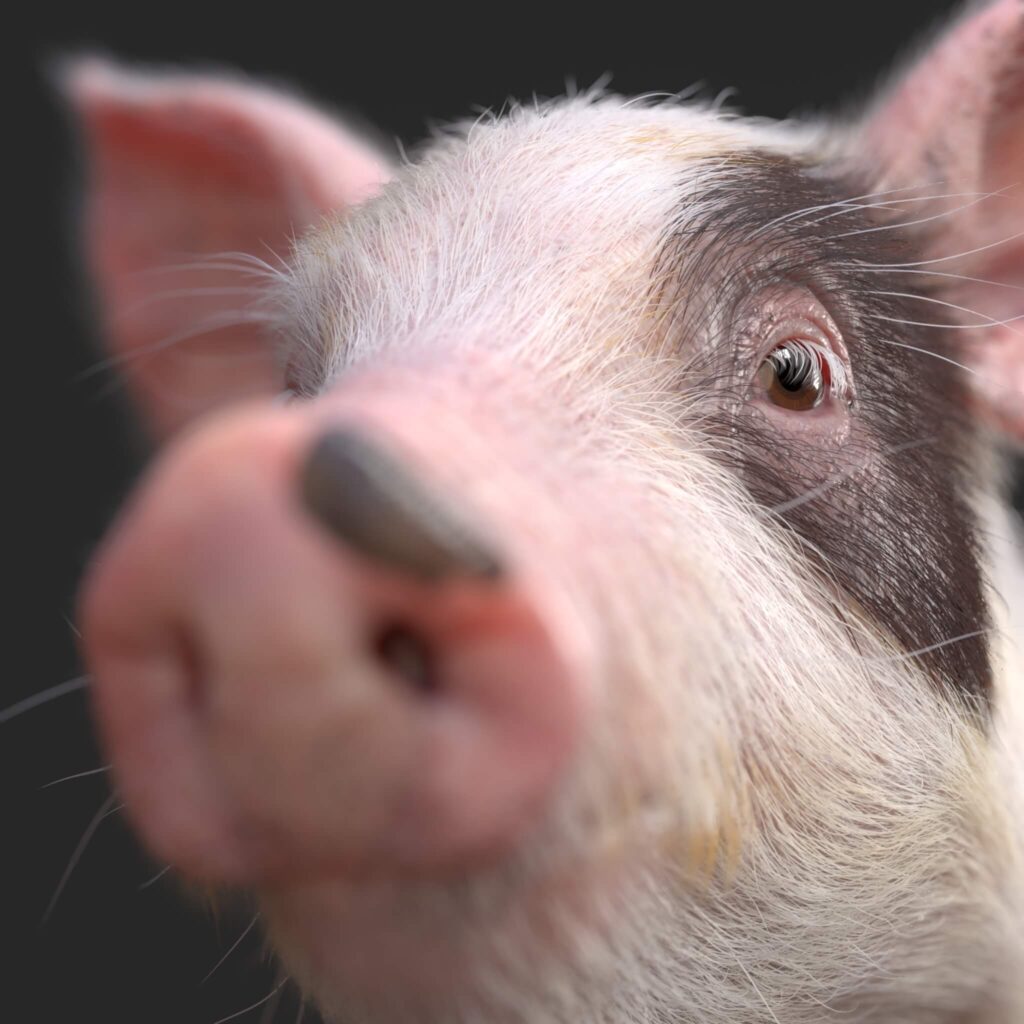
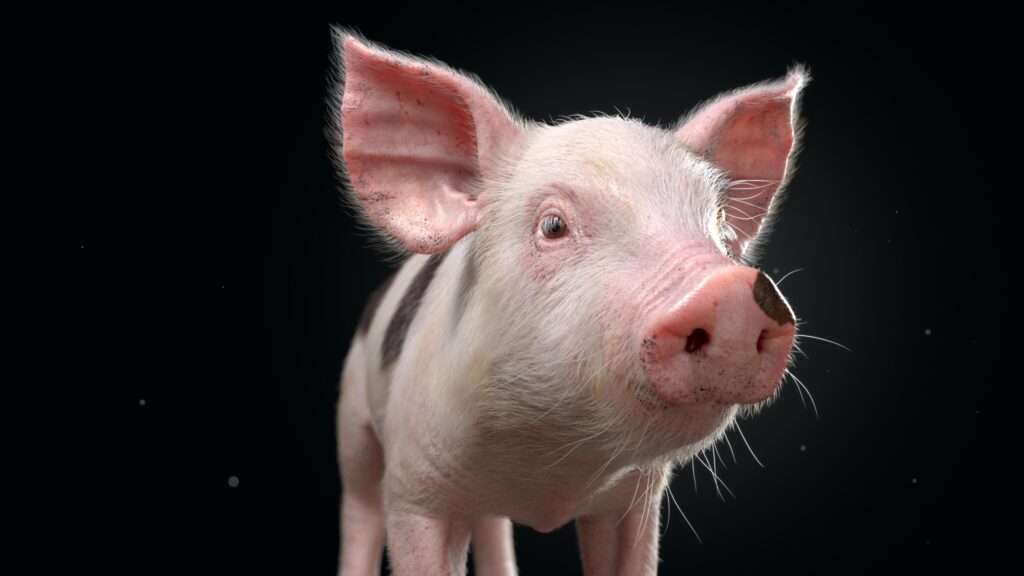
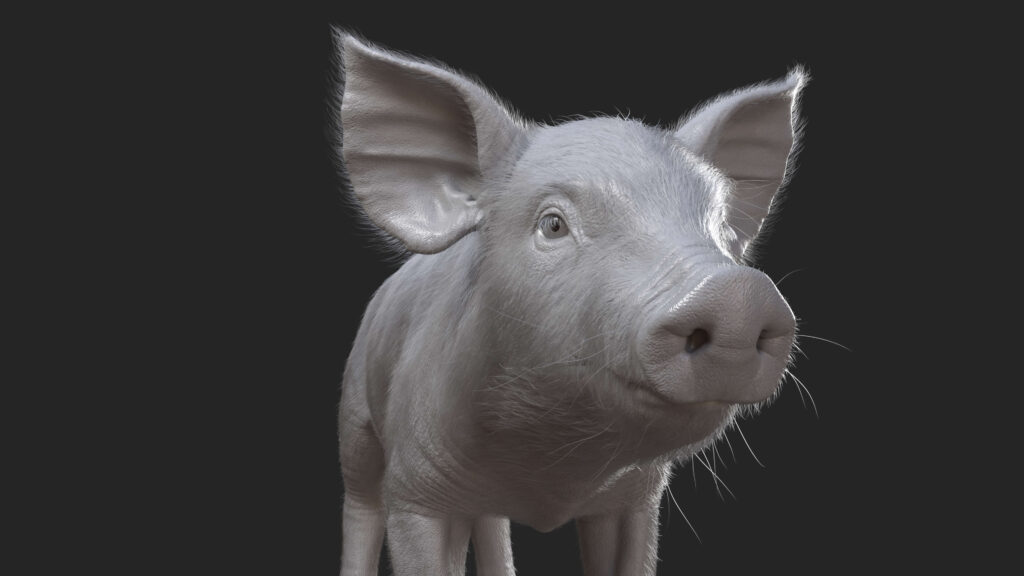
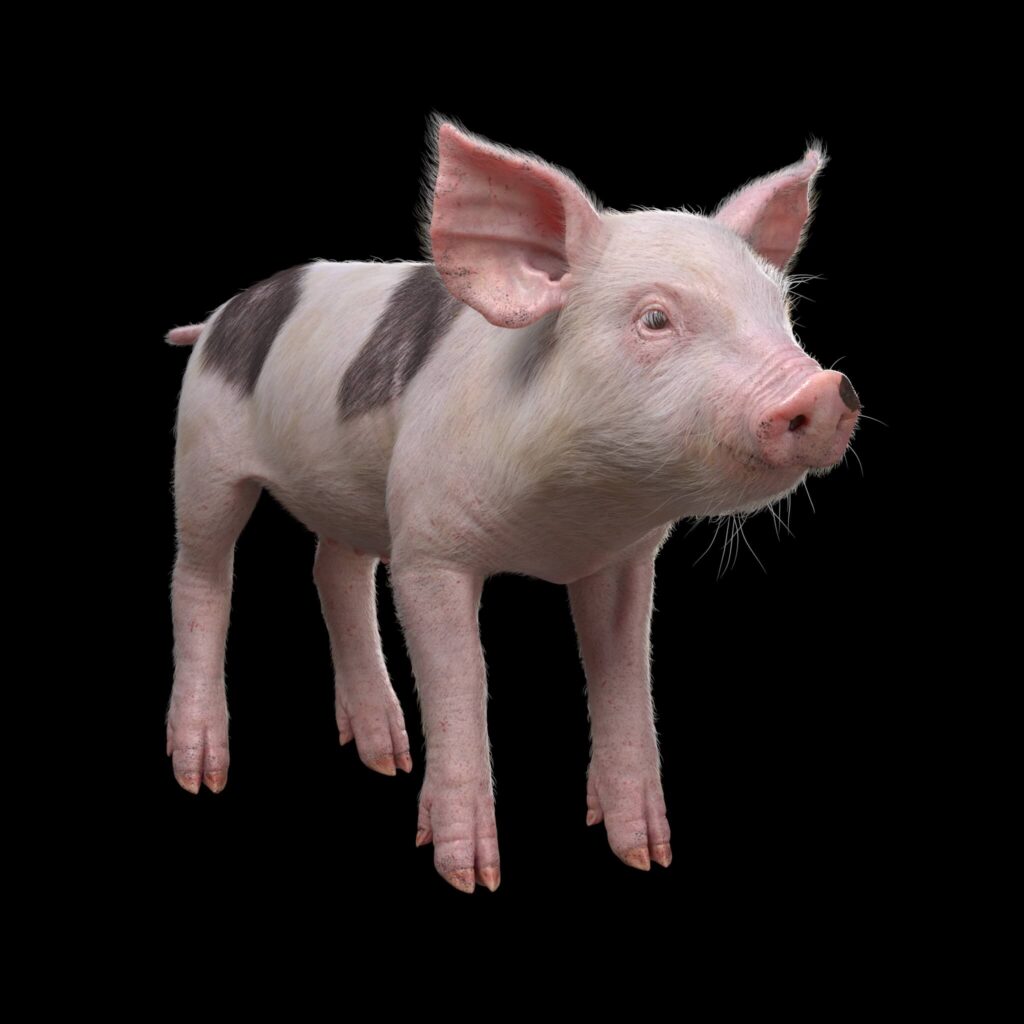
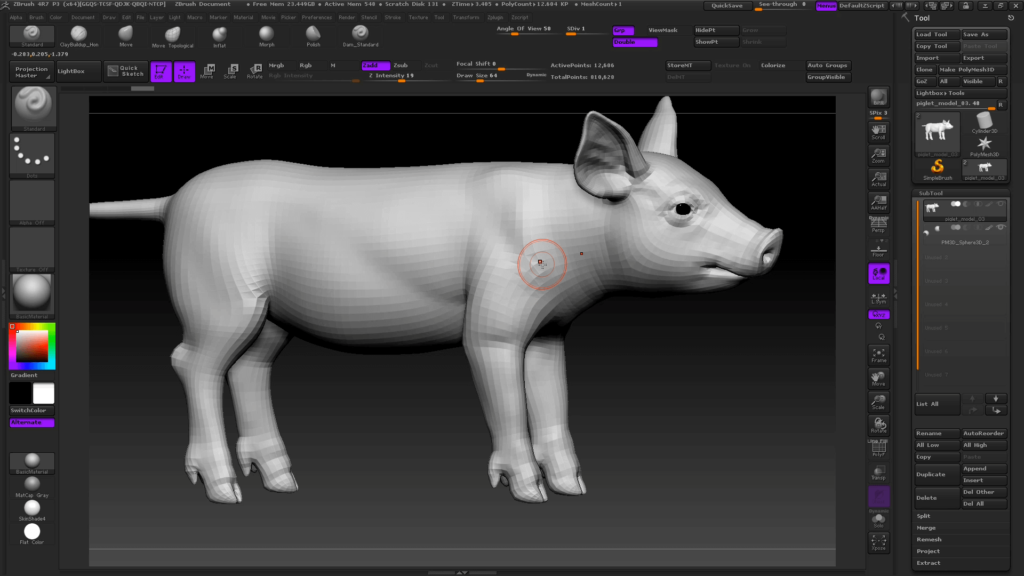
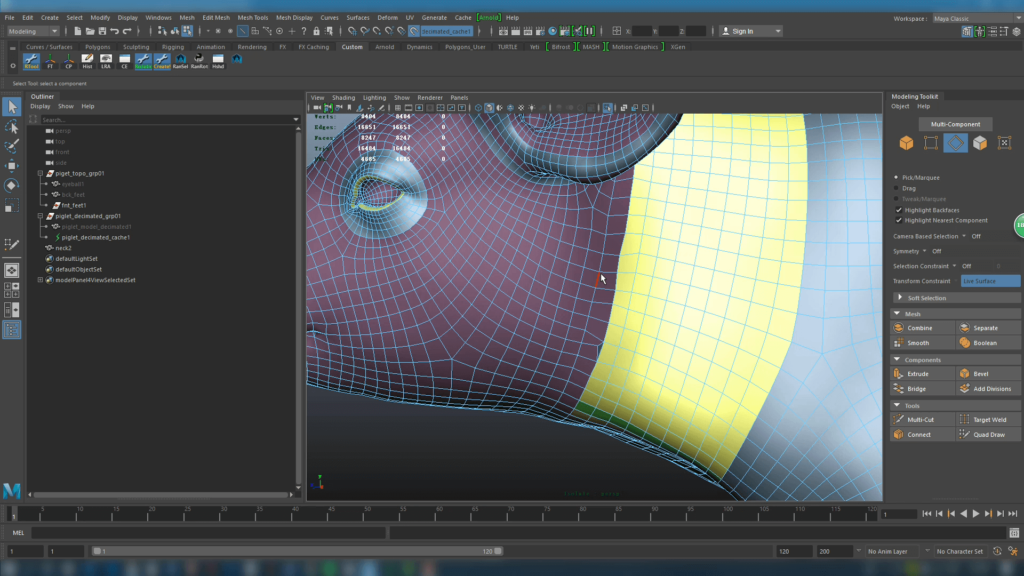
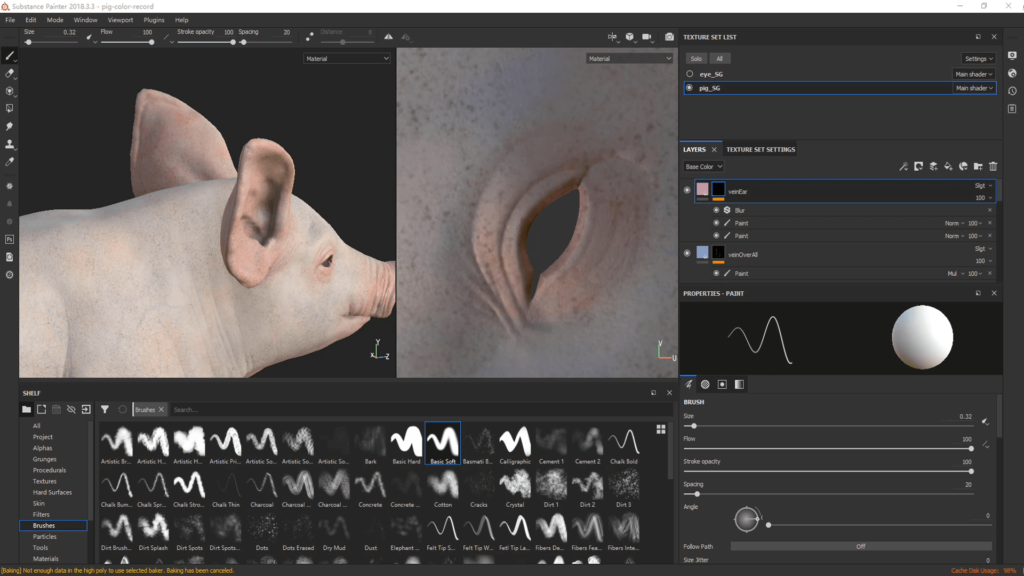
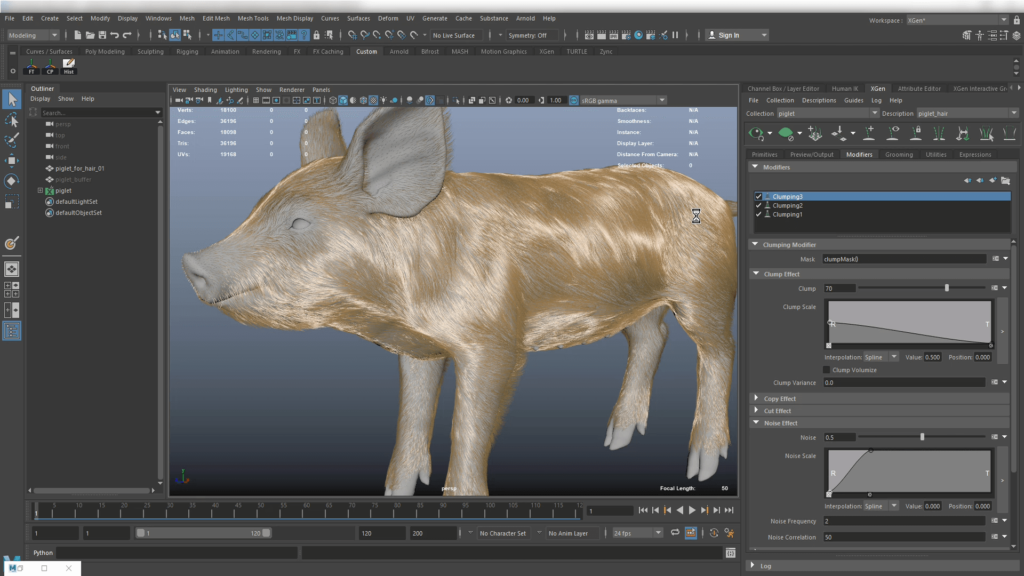
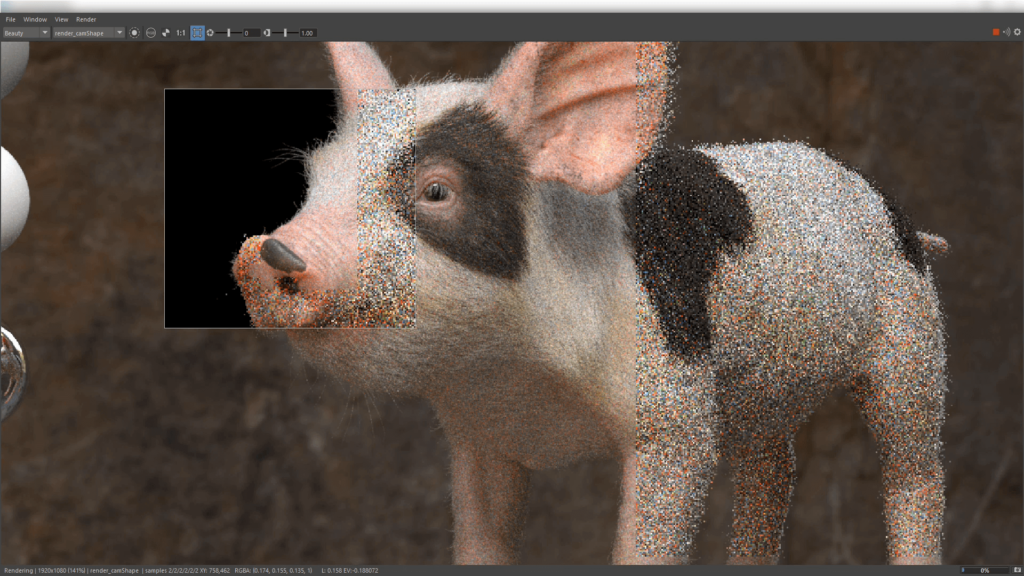







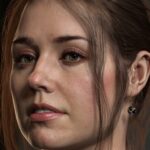
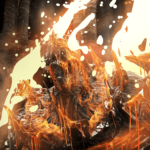

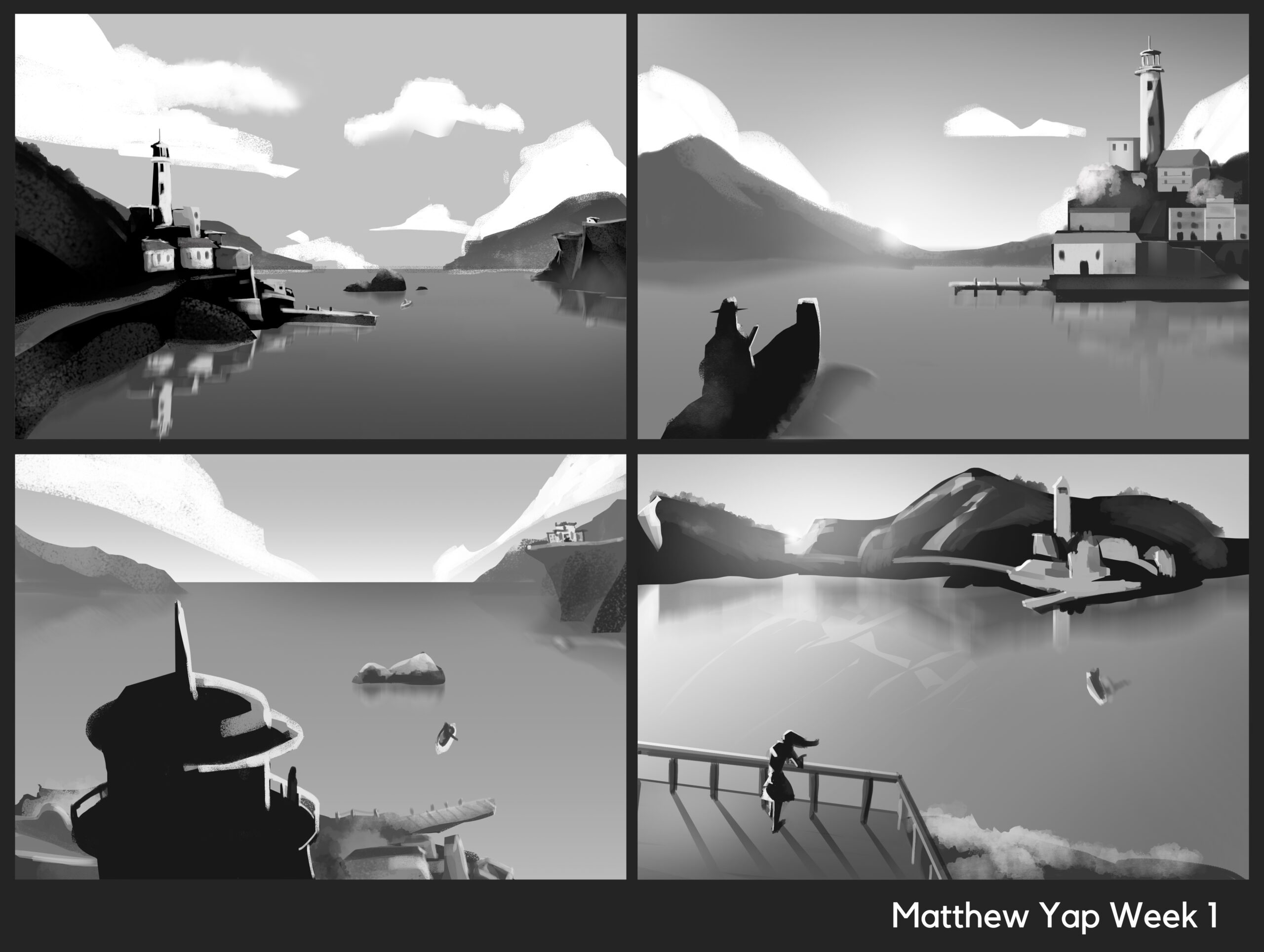
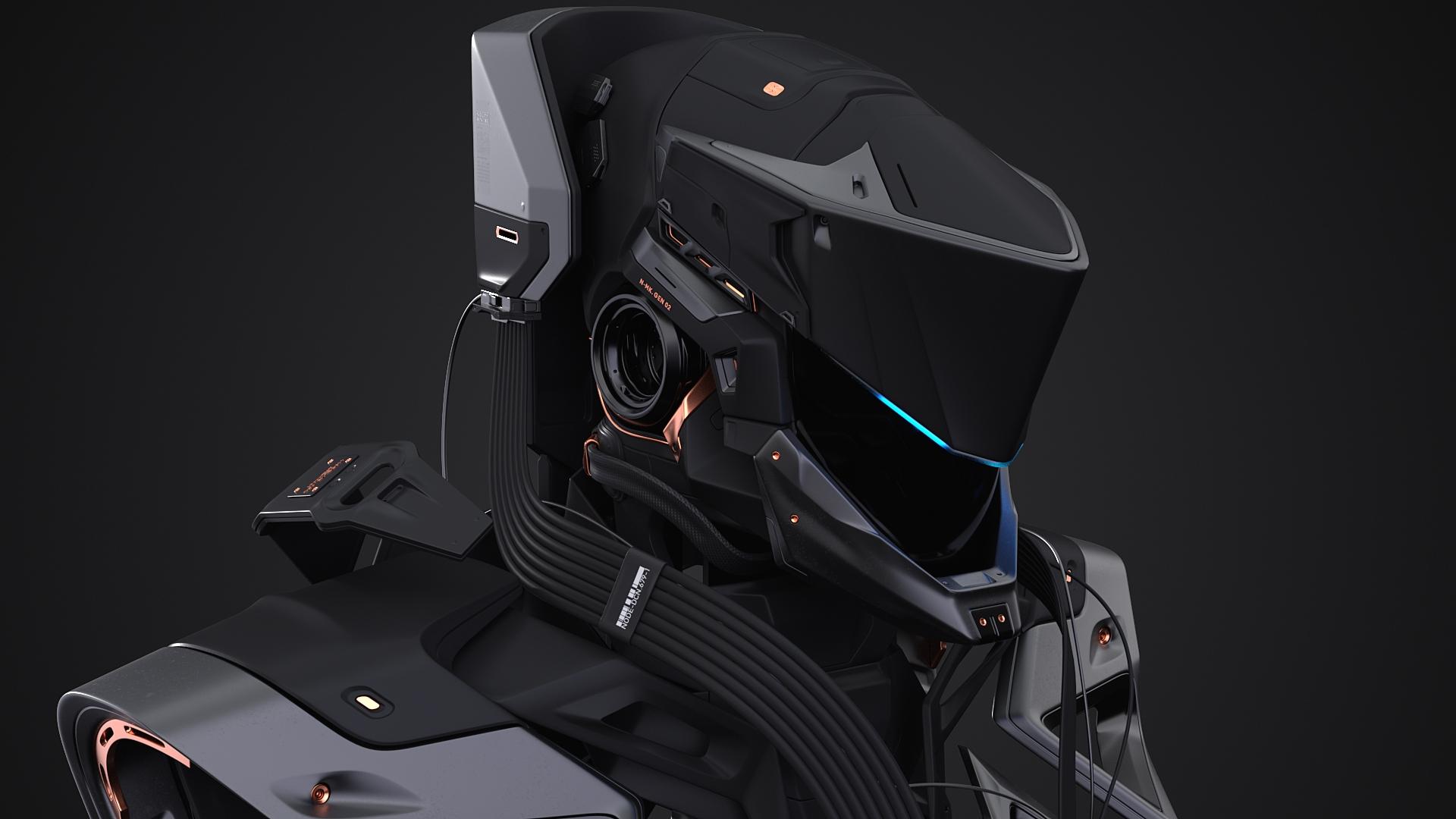
Pingback: How to Create Realistic CG Animal: Interview wi...
2021-12-24